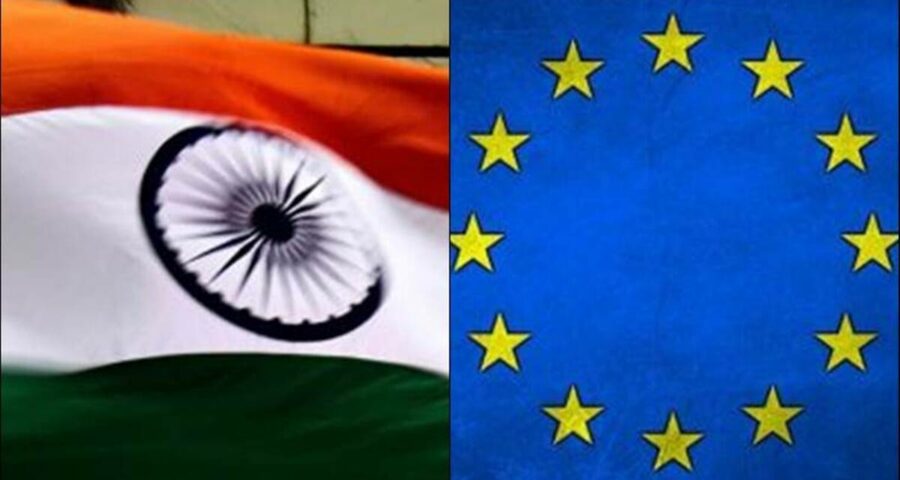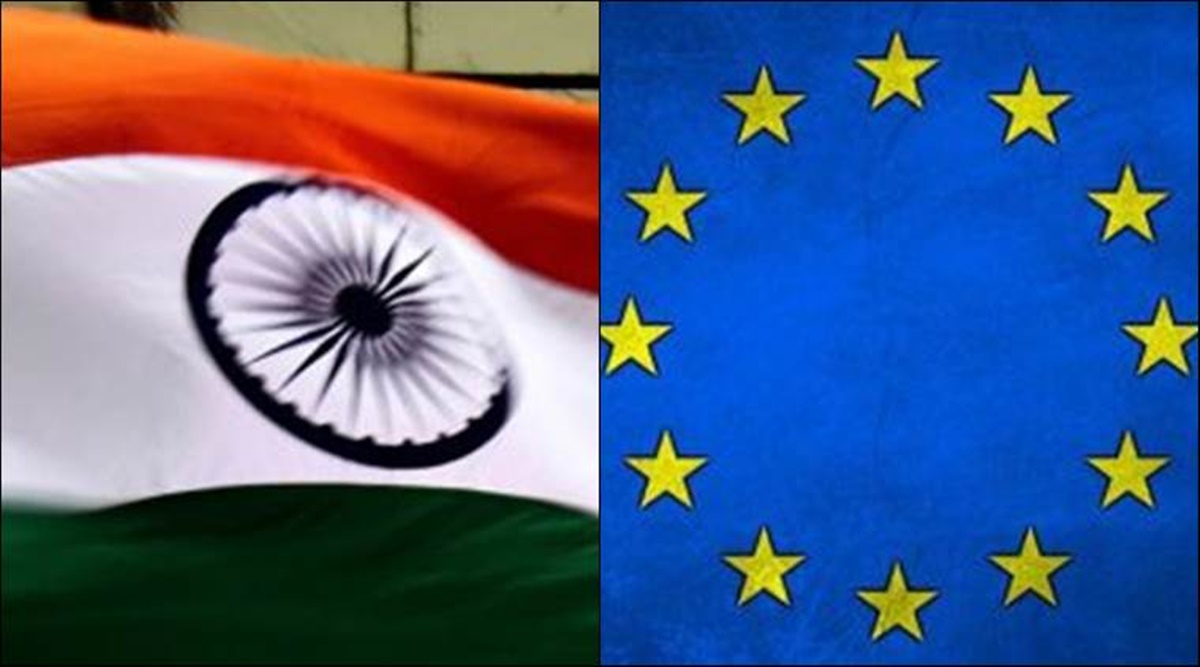Christophe Jaffrelot writes: India does not figure prominently in the EU's Indo-Pacific strategy. The Chinese challenge might change that.
Last month, the making of AUKUS eclipsed another Indo-Pacific-related announcement: The release of the “EU strategy for cooperation in the Indo-Pacific”. This is rather unfair because this document is very rich and needs to be analysed in the context of the rapprochement between the EU and India, which culminated in the June EU-India summit, a “turning point” according to some analysts.
Unsurprisingly, the EU strategy in the Indo-Pacific appears to be over-determined by China’s expansionism. “The display of force and increasing tensions in regional hotspots such as in the South and East China Sea and in the Taiwan Strait may have a direct impact on European security and prosperity,” the document says. At the same time, it points out that the EU, “while pushing back where fundamental disagreements exist with China, such as on human rights”, will also “pursue its multifaceted engagement with China”, “engaging bilaterally to promote solutions to common challenges, cooperating on issues of common interest and encouraging China to play its part in a peaceful and thriving Indo-Pacific region”.
If security interests are highlighted in the beginning, they are rather low in the list of the objectives of the EU Indo-Pacific strategy, which are listed as: “Sustainable and inclusive prosperity; green transition; ocean governance; digital governance and partnerships; connectivity; security and defence; human security”. Many paragraphs of the document are dedicated to values, including human rights. One of them says: “The EU will continue to use its restrictive measures (sanctions) regime against individuals, entities and bodies responsible for, involved in, or associated with serious human rights violations and abuses worldwide. In international fora, the EU will work with like-minded Indo-Pacific partners to push back any initiative that undermines the human rights enshrined in customary international law and in international human rights instruments.”
In terms of partnerships, India does not figure very prominently. By contrast, ASEAN is presented as “an increasingly important partner for the EU”. One full section entitled “the centrality of ASEAN” is dedicated to the “strategic partnership” that the EU and the ASEAN have developed over the last 40 years. New Partnership and Cooperation Agreements (PCAs) are announced with Thailand and Malaysia. However, India appears in the list of the countries which already have an Indo-Pacific strategy and with which the EU is interested in a deeper “engagement”, a list made of ASEAN, Australia, India, Japan, New Zealand, the Republic of Korea, the UK and US.

By and large, the Indo-Pacific strategy of the EU remains driven by economic considerations and India, whose main asset is geopolitical and even geostrategic, does not figure prominently in it. The document, released in September 2021, emphasises, for instance, that “particular attention will be paid to implementing and enforcing the comprehensive trade agreements with Japan, the Republic of Korea, Singapore and Vietnam, and the Economic Partnership Agreement (EPA) with the Pacific States, as well as the EU investment protection agreements with Singapore and Vietnam that are expected to enter into force in the coming years”.
What the French see as India’s main asset, its strategic dimension, is not central in the EU document. Surprisingly, the recent military cooperation between Europeans and India is even put on par with their cooperation with Pakistan: “Over the past year, EU Naval Force Somalia (EU NAVFOR) and Operation Atlanta conducted successful joint naval activities with Indo-Pacific partners, including Japan, Pakistan, India and Djibouti”. And ASEAN also remains the main partner of the EU from the military point of view: “The EU will seek to play a stronger role in the ASEAN security architecture and participate in the ASEAN Defence Ministers Meeting Plus (ADMM+) structures and the East Asia Summit”. India is listed as the EU’s first partner only in one area: “under the project Enhancing Security Cooperation in and with Asia (ESIWA), which covers counter-terrorism, cybersecurity, maritime security and crisis management. The pilot partners are India, Indonesia, Japan, the Republic of Korea, Singapore and Vietnam, with EU military experts already operating in Indonesia and in Vietnam.”
Thus, the EU strategy for cooperation in the Indo-Pacific is more in tune with the German vision of the Indo-Pacific than with the French one. For Berlin, trade, economic cooperation, human rights and engaging China at the same time — and the ASEAN — matter more than security and India, the two pillars of the French Indo-Pacific strategy. The fact that the German approach prevails in the EU document is a reflection of the influence of Berlin’s weltanschauung (worldview) in Europe — something Brexit has accentuated, Great Britain’s Indo-Pacific strategy being similar to France’s. But China’s attitude may force Germany — and the EU — to change their mind in the near future.
This column first appeared in the print edition on October 20, 2021 under the title ‘Reading the EU fine print’. The writer is senior research fellow at CERI-Sciences Po/CNRS, Paris
Source: Read Full Article


